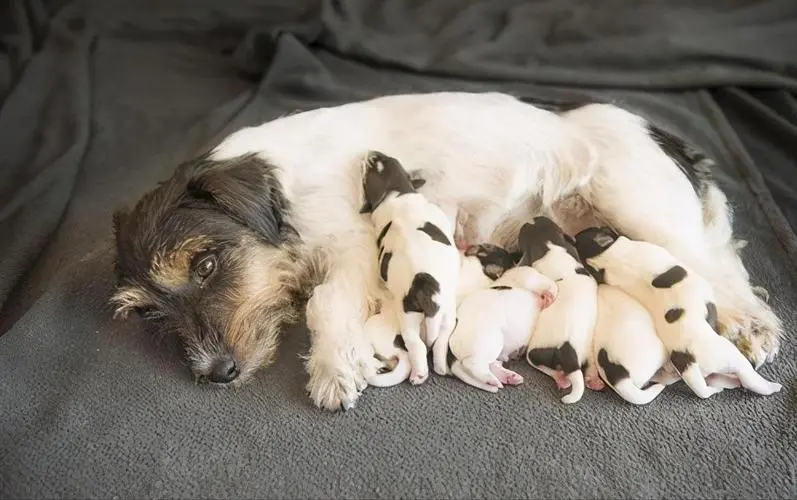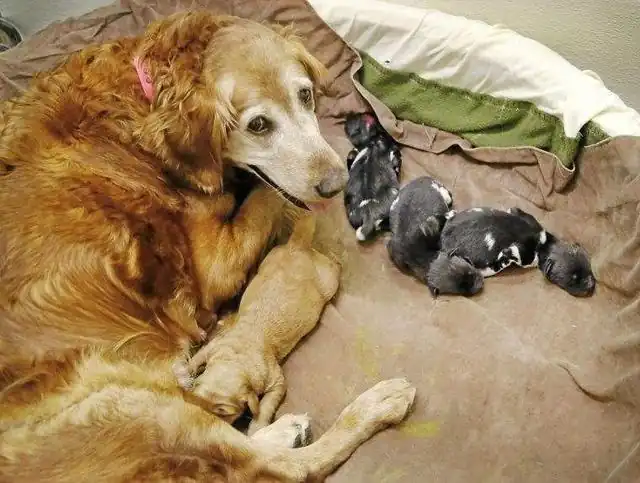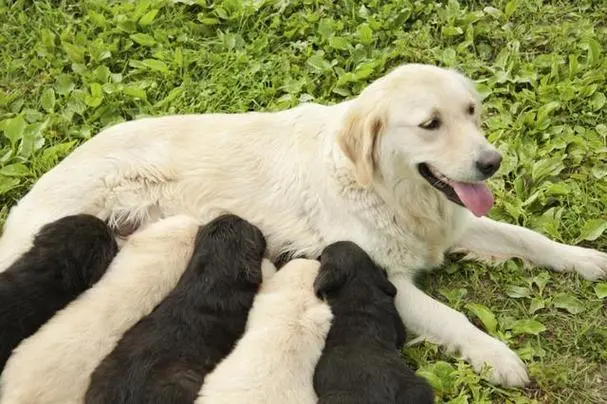The gestation period of dogs generally ranges from 58 to 65 days, with an average of about 63 days, which means it takes about two months to give birth. During the 20th day of pregnancy, dogs may experience pregnancy reactions such as loss of appetite and vomiting. Then their appetite will gradually return to normal. At the same time, their abdomen will begin to swell, their mammary glands will become protruding, and their breasts will become enlarged.

When the dog is about 40 days pregnant, you can take it to the hospital for a pregnancy check-up. The pregnancy check-up can confirm the number and health of the fetuses, check whether there is any possibility of dystocia, and prepare for the dog’s birth in advance. Around the 45th day of the dog’s pregnancy, a DR examination can also be performed to determine the number of fetuses. At the same time, the size of the fetal skull and the width of the dog’s pelvis can be measured to determine whether there is a possibility of dystocia, so that preparations for caesarean section can be made in advance.

During the birth of a dog, it is necessary to create a quiet and comfortable environment for it and provide it with rich nutrition to ensure the normal development of the fetus and the healthy birth of the puppy. When dogs give birth, owners can take the following measures to support and care for them: Before the dog is due to give birth, arrange the delivery room for the dog and place it in a warm, wind-sheltered, quiet corner to allow the dog to adapt to the environment in advance. The delivery room should be covered with soft mats or rags to provide a comfortable delivery environment for the dog.

During delivery, the owner should give the female dog adequate support and care to ensure that she feels safe and comfortable during the delivery process. You can gently stroke the female dog’s head and back to relieve her nervousness. After babies are born, owners need to give them adequate care and love. First, help newborn dogs tear open their fetal membranes to expose their heads, and then gently pull them out. Next, use a towel to clean away any fluids and dirt from your newborn puppy and make sure they can breathe easily. Finally, cut the umbilical cord with sterilized scissors (retaining 1-2cm) and disinfect it with iodine.

Dog mothers who have just given birth to puppies are more vigilant and will develop a “puppy-protecting” mentality. The owner should try not to take the baby dog in his hand and play with it, otherwise the mother dog will be worried, angry, and may behave aggressively. At the same time, strangers are not allowed to visit to prevent the puppies from being exposed to the smell of strangers, which may cause the dog mother to not want the puppies. For a dog mother, the time right after giving birth is the most vulnerable time. The owner needs to take extra care of it, pay attention to nutritional supplements, maintain hygiene, and avoid wound infection.

Comments are closed.